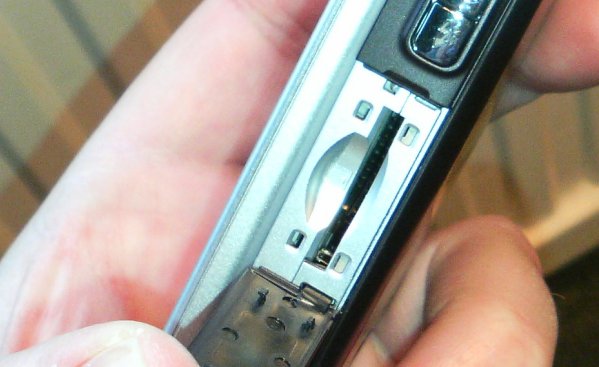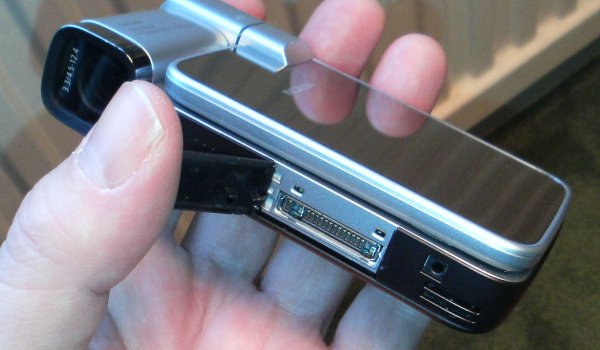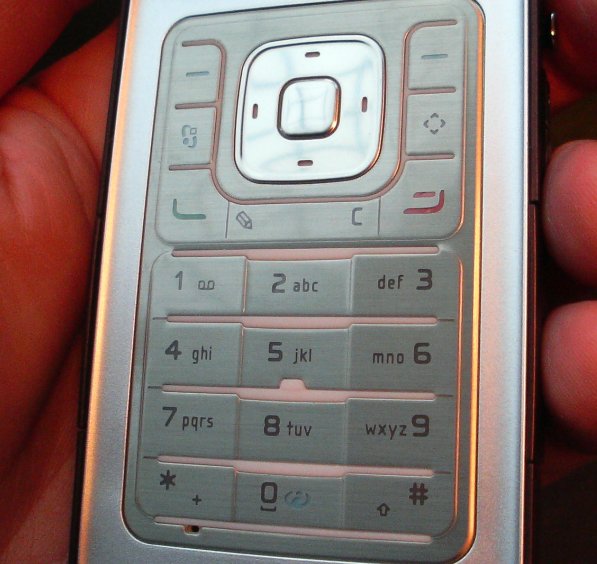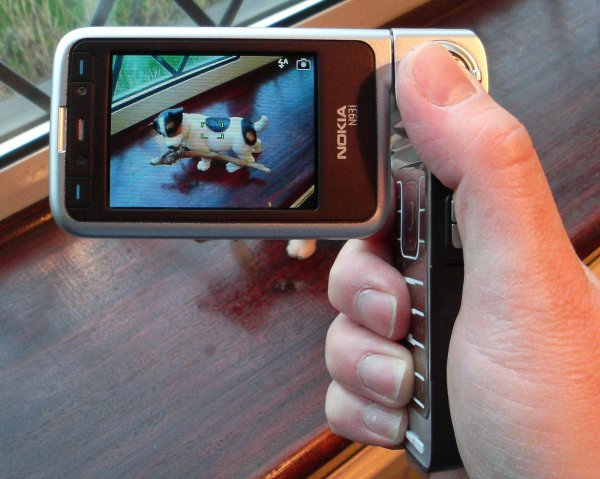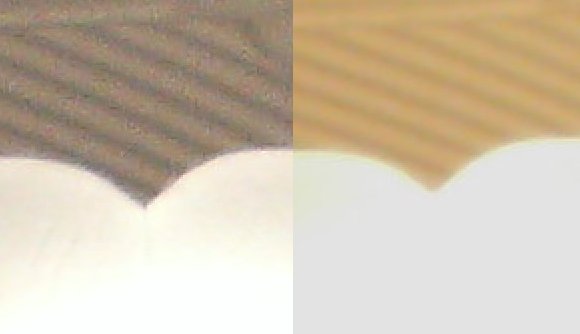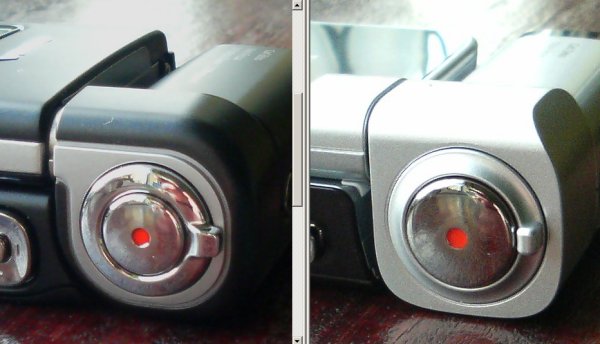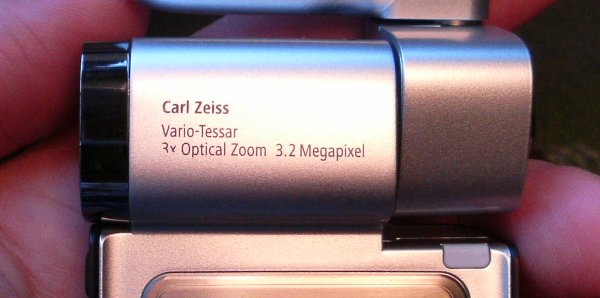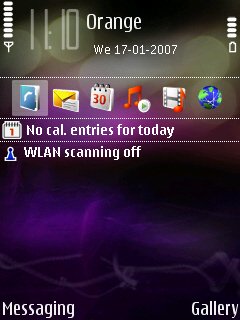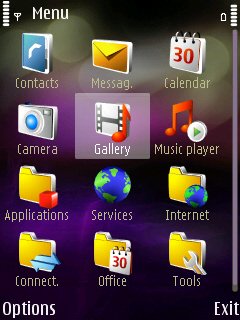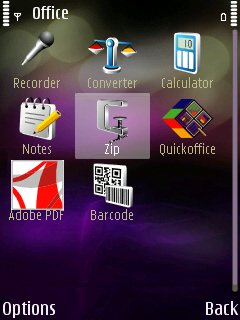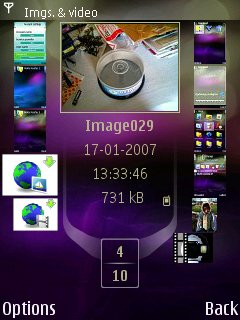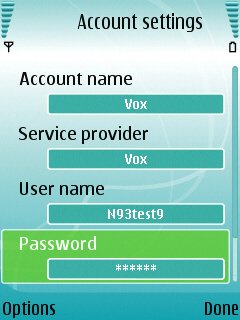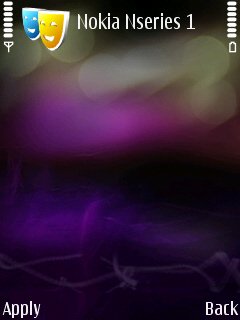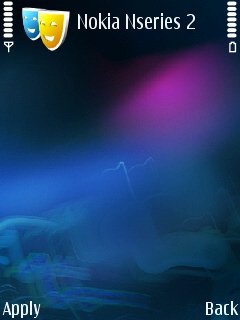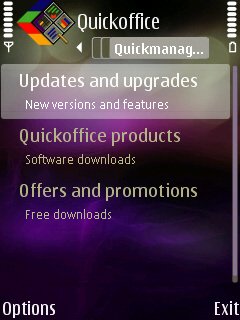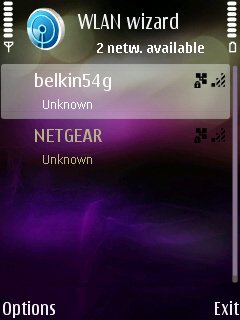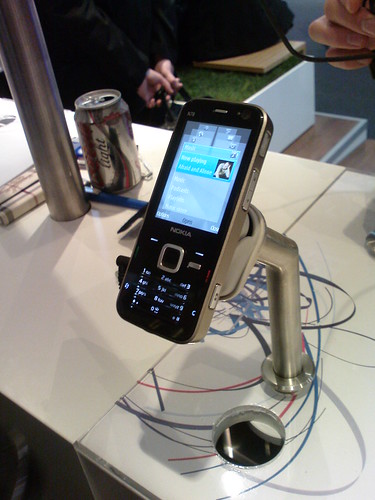

Technical specifications:-
General:-
Sleek design; Capable multimedia computer
- Search and find places and know how to get there, with integrated A-GPS

- Tag images automatically with capture location and upload directly to the web
- Browse the internet with large 2.4” display, access the web over Wireless LAN (WLAN) with automatic hotspot authentication
- Up to 24-hour music playback time, scroll to your favorite tracks using Navi™ wheel
- Access images, music, podcasts, video with high speed WLAN, or 3.5G connection
Operating Frequency
- Dual mode WCDMA 900/2100 (HSDPA), GSM/GPRS/EGPRS 850/900/1800/1900 MHz
- Automatic switching between bands and modes
Dimensions
- Volume: 76.5 cc
- Weight: 101.8 g
- Length: 113 mm
- Width: 49 mm
- Thickness (max): 15.1 mm
Memory Functions
- Up to 70MB internal memory
- MicroSD memory card support (hot swappable)
- Approx. memory capacity indication with included 2GB microSD card:
-Video (VGA @ 15fps): up to 120 min
-Photos (3.2 megapixel): up to 3,400 photos
-Music (eAAC+): up to 1,500 tracks*
* Capacity based on 3:45 per song with 48 kbps eAAC+ (M4A) encoding on the Nokia Audio Manager. Capacity with 128 kbps AAC encoding is up to [550] songs.
Power Management*
- Battery: Nokia Battery BL-6F 1200mAh
- Talk time: up to 190 minutes (WCDMA); 260 minutes (GSM)
- Stand-by time: up to 320 hours (WCDMA); 320 hours (GSM)
- Still images: up to 375 pictures (3.2 megapixel)
- Video capture: up to 215 minutes (VGA @ 15fps)
- Video call: up to 125 minutes
- Video playback: up to 280 minutes (VGA @ 15fps)
- Music playback: up to 24 hours (offline mode)
- Web browsing: up to 3 hours (3.5G)
- FM radio: up to 14 hours
*Operation times may vary depending on radio access technology used, operator network configuration and usage.
Display and User Interface
- 2.4” QVGA (240 x 320 pixels) TFT color display with up to 16 million colors and wide 160° viewing angle. Ambient light detector - to optimize display brightness and power consumption
- Operating system: Symbian OS
- User Interface: S60 3rd Edition, Feature Pack 2
- Java™: MIDP2.0
- C++ and Java SDKs
Call Management
- Call logs, speed dial, voice dialing, voice commands, and talking ringtone
Messaging
- E-mail (SMTP, IMAP4, POP3), MMS, SMS
Data Transfer*
- Dual mode WCDMA 900/2100 (HSDPA) with simultaneous voice and packet data (PS max speed UL/DL= 384/3.6MB, CS max speed 64kbps)
- Dual Transfer Mode (DTM) support for simultaneous voice and packet data connection in GSM/EDGE networks. Simple class A, multi slot class 11, max speed DL/UL: 118.4/118.4 kbits/s
- EGPRS class B, multi slot class 32, max speed DL/UL= 296 / 177.6 kbits/s
*Actual achieved speeds may vary depending on network support.
Imaging :-Imaging and video
- 3.2 megapixel (2048x1536 pixels) camera, Carl Zeiss Optics, Tessar™ lens, 20x digital zoom, MPEG-4 VGA video capture of at 15 fps
- Secondary camera, CIF (352x288 pixels) sensor
- On device photo editor (manual & automatic) and video editor (manual).
- 2.4” QVGA (240 x 320 pixels) TFT color display with up to 16 million colors and wide 160° viewing angle. Ambient light detector - to optimize display brightness and power consumption
- Nokia XpressShare solution - share easily from Photos application or after capture via email, by using Bluetooth connectivity or MMS.
- Video call and video sharing support (WCDMA network services)
- Online album/blog: one click image/video uploading from Photos application or camera post-capture view
- Tag images automatically with capture location and show on a map where they were captured.
- Transfer and organize photos and video between your device and compatible PC with Home Media solution.
- Nokia XpressPrint solution – online printing service or direct printing via USB, Bluetooth connectivity (BPP), WLAN (UPnP), from compatible memory card.
Mobile Video
- Video resolutions: up to VGA @ 15 fps
- Audio recording: AAC stereo, 48kHz
- Digital video stabilization
- Video clip length: max 60 min per clip
- Video file format: .mp4 (default), .3gp (for MMS)
- White balance: automatic, sunny, cloudy, incandescent, fluorescent
- Scene: automatic, night
- Color tone: normal, sepia, B&W, negative
- Zoom: Digital up to 8x
Mobile Photography
- Still image resolutions: 3.2 megapixel (2048x1536)
- Still image file format: JPEG/EXIF
- Auto focus
- Auto exposure - center weighted AE
- Exposure compensation: +2 ~ -2EV at 1/3EV step
- White balance : automatic, sunny, cloudy, incandescent, fluorescent
- Scene: automatic, user, close-up, landscape, night, night portrait
- Colour tone: normal, sepia, B&W, negative
- Zoom: Digital up to 20x
- LED flash
- Secondary camera, CIF (352 x 288) sensor
Camera Specifications
- CMOS, 3.2 megapixel (2048x1536)
- Carl Zeiss optics: Tessar™ lens
- Focal length: 4.6 mm
- Focus range: 10 cm ~ infinity
- Macro focus distance: 10 cm - 30 cm
Music Features
- OMA DRM 2.0 support for music.
- Integrated FM transmitter* (88.1 – 107.9 MHz)
- Nokia Internet Radio
- Stereo speakers
- Nokia Stereo Headset HS-45/AD-54
- Digital music player: supports MP3/ AAC/ AAC+/ eAAC+/ WMA with playlists, equalizer and album art.
- Synchronize music with Windows Media Player 10 & 11.
- Rip your CDs with one click, converting and transferring music to your device using Nokia Music Manager
- Stereo FM radio (87.5-108MHz /76-90MHz) with Visual Radio™ support
Navigation
- Integrated Assisted Global Positioning System (A-GPS)
- Pre-installed Nokia Maps application and downloadable maps*
- Comes with a selection of the regional maps
- Easy-to-use email client with attachment support for images, videos, music and documents
- Compatible with Nokia Wireless Keyboard SU-8W (sold separately)
Browsing
- Nokia Web Browser with Mini Map
- Web feeds support (RSS)
- xSP framework support
Digital home
- Access multimedia content on your compatible home media network over UPnP.
- Automatically synchronize your mobile and home content with Home Media solution
Java Applications
- Java™: MIDP2.0
- Over-the-air download of Java-based applications and games
Other Applications
- Personal Information Management (PIM)
- Advanced S60 PIM features including contacts, calendar, to-do list, notes, recorder, calculator, clock, converter
- Office applications: Quickoffice supports viewing of common e-mail attachments and Adobe PDF Reader
- Setting wizard for easy configuration of e-mail, push to talk and video sharing
- Data transfer application for transfer of PIM information from other compatible Nokia devices
- WLAN wizard
Connectivity
- WLAN IEEE802.11 b/g with UPnP support
- USB 2.0 high-speed through micro USB connector
- Bluetooth wireless technology 2.0 + EDR
- Nokia AV connector 3.5mm
- Nokia Nseries PC Suite connectivity with USB, and Bluetooth wireless technology
- Local synchronization of contacts and calendar to a compatible PC using connection
- Remote over-the-air access to your home content with ORB
- Automatic synchronization with Home Media Solution
- Send and receive images, video clips, graphics, and business cards via Bluetooth wireless technology
* The service is available free of charge, although any data transferred over the network will incur charges from your network operator. To check the availability and cost of the service, contact your network operator or service provider.
Video :-RealPlayer media player
- Full-screen video playback to view downloaded, streamed or recorded video clips
- Supported video formats: MPEG-4, H.264/AVC, H.263/3GPP, RealVideo 8/9/10, Flash 3.0
- Up to 30 fps (frames per second) playback
Standard Sales Package Contents
- Nokia N78 (including Nokia 2GB microSD Card MU-37)
- Nokia Battery BL-6F
- Nokia Travel Charger AC-5
- Nokia Music Headset HS-45/AD-54
- Nokia Connectivity Cable CA-101
- User guide
- Quick Start guide
- DVD







